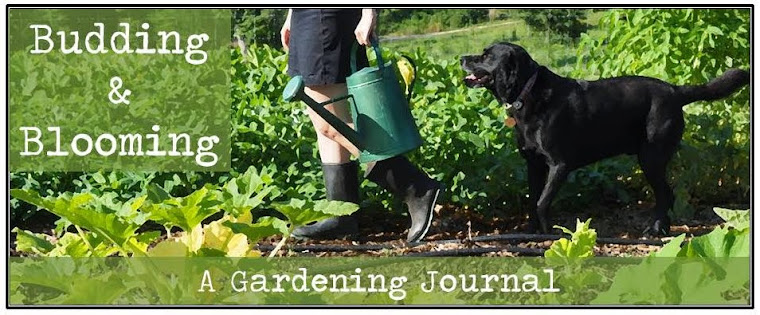I have so many dreams about what we can do with our
land. I envision creating a beautiful
and productive place that nurtures us and the environment. Of course dreams are wonderful, but to make
them happen, we have to actually make plans and implement them. I love making lists and that is the first
step. So here are my gardening goals for
2016 to get us closer to that vision in my mind:

·
Plant an orchard: This year my goal is to get fruit
trees planted and off to a good start. We
currently have three apple trees and would like to add three pears, two more
apples, four peaches and two plums. I am
also considering a persimmon and a fig for the orchard as well. I have spent countless hours researching
varieties. I want to grow fruit
organically, which according to what I have read, may be difficult in my zone
due to the high humidity and diversity of pests. My first line of defense is to select
varieties that are disease resistant and adapted to my climate. I hope this will make producing fruit a
little bit easier.
·
Plant wildflowers in orchard: I know it will be many, many years before my
fruit trees will flower and hopefully bear fruit. Despite this, I would like to grow
wildflowers to establish an ecosystem for pollinators and beneficial
insects. I dream of a meadow filled with
flowers among the fruit trees. I know
this dream may not be practical as the trees grow and cast shade, but while
they are small I want to fill the area with flowers.

·
Build and plant a strawberry and herb bed: My current vegetable garden is only for
annuals because we till the area every year.
I plant annual herbs among the vegetables, but I want a place to plant
some perennial herbs and also strawberries.
I miss having deliciously ripe strawberries in the spring. My plan is to build a bed along the back of
the garden. It will be 75 feet long and
one foot wide. To keep this planting bed
affordable, we plan to collect rocks around our property to make the
border. Hopefully we will have it
completed by spring so that I can fill it with strawberry plants and
herbs.
·
Make and follow my garden planner: I love planning and organizing. I keep my planting schedule on Evernote, but
I want to have a hardcopy so that I don’t have to go onto my laptop or phone to
see what I need to plant. I may have a
tendency to easily get distracted.

·
Sell some veggies: With my harvests last year reaching over a
thousand pounds and the fact that there are only two of us, I think I can
safely sell some surplus vegetables and still have plenty to eat and
preserve. Everyone keeps telling me to
sell at the farmer’s market and I’m sure that’s a great way to sell produce,
but I really like my Saturday mornings.
The thought of getting up before the sun rises every Saturday to sell
veggies does not make me happy. I want
to figure out ways to make a little bit of money from my extra veggies while
keeping my Saturday mornings for sleeping in and gardening. I’m thinking that selling to co-workers would
be a good option. I don’t plan on making
much money, just enough to help offset the cost of seeds, compost and mulch and
help support my gardening addiction!
·
Save more seeds:
Another effort to cut back on gardening costs is more seed saving. I’ve saved seeds for easy vegetables like
peas and beans, but I want to expand my ability to save seeds from most of my
vegetables. I went through my list of
varieties and found that all but ten are open-pollinated. I need to research methods for different
types of vegetables and then hopefully save most of my seeds.
·
Make and use soil microbe spray: I’ve been reading about growing and
maintaining healthy fruit trees. I
highly recommend
The Holistic Orchard by Michael Phillips, although I haven't actually harvested fruit yet. One topic I keep coming across is the use of
soil microbes to keep plants healthy and productive. These good microbes in the soil can help
protect plants from pathogenic microbes and even help the plants acquire more
nutrients. I want to try this out by
making my own soil microbe spray for veggies and fruit trees.
·
Grow a better balance of vegetables: Even though I had a substantial harvest in
2015, I want to grow more onions, potatoes, garlic, broccoli, sweet bell
peppers, carrots and peas. I didn’t have
enough of these crops while I had way too many melons and cucumbers. I hope that over my gardening years I get
better at balancing what I grow with what we want to eat.
Those are my goals for the coming year. I think it's going to be a busy 2016!













